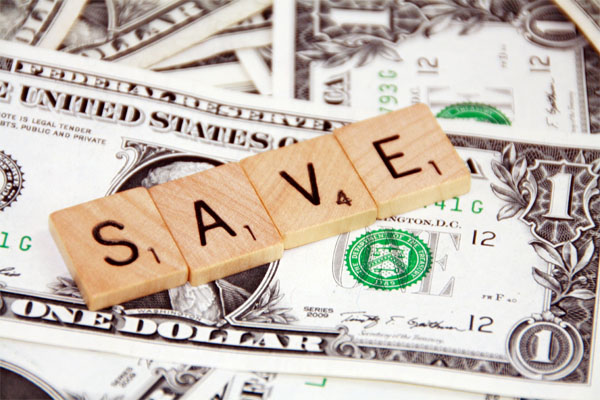You pay your cable, light and other bills each month without thinking. In fact, many people have set up electronic bill payment systems to ensure bills are paid on time. You instruct the bank, or possibly some other financial institution, to take money out of an account and pay something at a certain time each month.
You never let a month go by without paying your bills on time. That’s a plus because you are building a good credit rating. Now let’s extend this idea to something just as important—-your comfortable future of financial independence and how to achieve it. It will be built or not built based on if you can accrue a healthy amount of savings and investments.
Will you? For millions of Baby Boomers the answer appears to be no. Many Americans, approaching or in their 60s, have little or no financial assets, which can be tragic. They forgot to “pay” their investment bills.
Don’t take a chance on letting investments be overlooked. Use an automatic plan to ensure that you are fully funding the savings and investments that are vital.
Why?
Of Keynes and Savings
They’re so easy to forget and many people do. In the course of buying things, of taking care of the immediate future, of keeping the cable on and the mortgage paid, it is easy to put off the long term. Their justification is the same as that of the most influential—-and I believe most dangerous—economist of the 20th century, John Maynard Keynes. He famously said that “in the long run we’re all dead.” Keynes often spoke disparagingly of savings and of middle-class values in general.
Still, I believe Keynes was very wrong. It is savings and investments that will largely determine if twenty or thirty years from now you will achieve financial independence and have greater control of your life, or maybe not. If not, you will have to work seemingly forever as many must do now who are in their 60s or 70s.
What happened to them?
They found out that it is so easy to overlook investments; to tell yourself that there’s no hurry. They told themselves that they’d get to saving and investing next month or year or 10 years or sometime when they took that dream job that would pay them a small fortune. And, before you know it, not months or years have gone by, but decades and they were suddenly running out of time.
The Future Is Now
Remember that when we speak of savings and investments, the future is now. So, put automatic saving and investment options in place. That’s because in a consumer era in which spending is king it is so easy to forget them.
Why?
There are so many other ways you can spend your money each day and week that, when it comes time to invest, you’re out of money. I remember the late 1980s, just after the ever comely Suzanne Hall and I wed. We started with nada but we made the commitment to save and invest. We began by opening up an account with a Vanguard fund. We started with $1,000 in a balanced fund. And we decided to put $100 a month in the fund. Vanguard even provided us with pre-paid envelopes.
We did it for a few months and then I started noticing something disturbing. Every few months, because we were spending money on other things, we would miss a month.
What happened?
Life happened. We could always find ways to spend that $100 each month. That is when we made the commitment to automatic investing. No more writing a check and sending in a payment via the mail. Now I decided that the $100—and later it would become $200 and more after that as we earned more—would be automatically deducted from our checking accounts. It was actually a principle we were following in another way.
Make It Automatic
Just as money was being automatically taken from our pay for our respective 401(k) workplace plans, so we should now automatically have money taken out for our mutual fund investments. Investments, we concluded, were a kind of spending that was just as important as almost anything else we were doing.
Our investments began with one fund and eventually grew to five Vanguard funds, including a money market account. We went from $100 a month to $1,400. Not everyone can afford $1,400. We certainly couldn’t in the beginning. But what’s important is that you have a set amount that is going into investments and savings every month.
Now we didn’t have to think, write a check and mail it. Each month money went into our mutual funds. And it was now our responsibility to ensure that there was enough money in our checking accounts to avoid overdraft hell. It took some spending discipline, but we did it. Indeed, after it became a part of our lives that we just took it for granted. Every month we put money into our funds, which eventually helped us to leave unpleasant jobs and work at things we liked better even if they didn’t pay as much as our previous jobs.
Remember, it is important to pay your bills on time every month. But be sure that those “bills” include savings and investments. They are the tools that can eventually allow you to take greater control of your life. Put these automatic features in place and time, in this case, becomes your friend. The more of it that goes by, the closer you come to financial independence. That’s because the longer compounding takes place, the better you do as an investor.
“Civilization,” said a philosopher, “advances by the number of things we can do without thinking.”
When you don’t have to think about saving and investing because you have automatic features in place, you will be advancing. And, after a decade or two, you will be amazed how far you have advanced.
![]()
